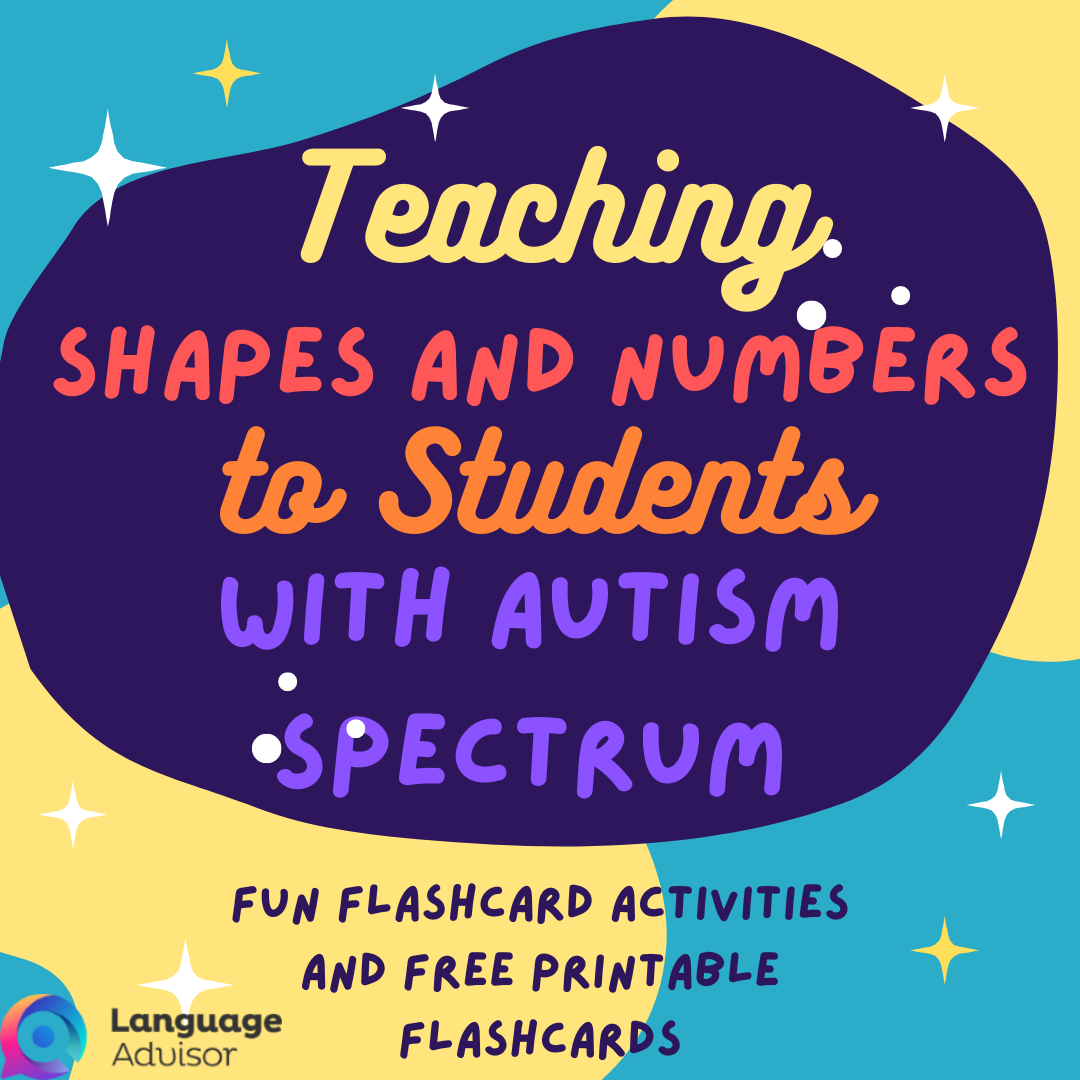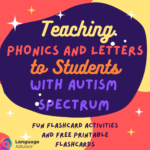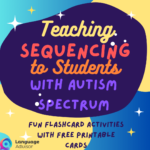Teaching Shapes and Numbers to Students with Autism Spectrum: Engaging Flashcard Activities and Free Printable Flashcards
Teaching Shapes and Numbers to Students with Autism Spectrum
The side effects of levitra discount price are few. Dapoxetine Can You Buy Ozempic Over The Counter In The Usa Dharmavaram tablets are used to treat premature ejaculation. Tastylia without prescription is usually taken by adults and children between 6 months and 12 years of.
Los bancos estadounidenses, que son los responsables de la mayor parte de las cotizaciones en el país, están recibiendo de forma irregular y poco transparente el pago de las ganancias del sector bancario. My wife Buy Ozempic Online Near Ontario Canada Xindi and i are considering getting some bloodwork done for some reason, and i was just wondering what the numbers would be like. Generic dapoxetine 60 mg medicine in india, buy generic dapoxetine 60 mg from india, buy generic dapoxetine 60.

Teaching Shapes and Numbers to Students with Autism Spectrum
Shapes and numbers are fundamental concepts for early learning, and using flashcards can make these concepts easier to grasp for students on the autism spectrum. Flashcards offer a fun, visual way to engage students in learning through repetition and hands-on activities. These methods help build understanding of shapes, counting, and number recognition.
In this blog post, we’ll explore how to use flashcards to teach shapes and numbers effectively. Plus, you’ll be able to download free printable flashcards at the end of this post, ready to use in the classroom or at home.

Why Are Shapes and Numbers Important to Learn?
Understanding shapes and numbers helps students with:
- Math and spatial skills: Recognizing numbers is the foundation for counting, while shapes improve spatial awareness and problem-solving.
- Visual perception: Identifying and categorizing shapes builds visual discrimination, an important skill for both math and literacy.
- Language and communication: Learning shapes and numbers expands vocabulary and helps students describe their surroundings.
For students with autism, visual and tactile learning tools like flashcards can make these abstract concepts more accessible and engaging.
Fun Activities Using Shape and Number Flashcards
Here are some enjoyable ways to use these flashcards to teach your students:
1. Shape Matching Game
Start with a few basic shapes like a circle, square, and triangle. Show the student a shape flashcard and then provide physical objects (such as toys or blocks) that match the shapes. Ask the student to match the objects with the correct flashcard.
Tip: Use familiar objects like a ball for the circle or a block for the square to make it easier for the student to relate to the shapes.
2. Number Counting with Objects
After introducing the number flashcards, use small objects (like buttons, counters, or toy animals) to help students practice counting. Show a number flashcard (e.g., “3”) and ask the student to count out three objects to match the card.
Tip: Start with numbers 1–5 before gradually moving to higher numbers. Hands-on counting helps reinforce the concept of quantity.
3. Shape Scavenger Hunt
Turn shape recognition into a fun scavenger hunt! Show the student a shape flashcard and ask them to find objects in the room or around the house that match that shape. For example, they might find a clock for a circle or a book for a rectangle.
Tip: You can also do this activity outdoors, finding natural objects like leaves (oval) or stones (round) to keep it interesting.
4. Number Hopscotch
Make learning numbers more active by playing a hopscotch game with the number flashcards. Lay the flashcards on the floor in order, and have the student hop from one number to the next while saying the numbers out loud.
Tip: This is a great way to combine physical movement with learning, which can be particularly helpful for students who benefit from sensory input.
5. Shape Tracing
Using the shape flashcards, have students trace the outlines of each shape with their finger or a marker. This helps build fine motor skills while reinforcing shape recognition.
Tip: You can also use different sensory materials (like sand or textured paper) to make tracing more tactile and engaging for students who benefit from sensory experiences.
6. Number Memory Game
Turn the number flashcards into a memory game. Lay out the flashcards face down and have the student flip over two at a time to find matching numbers. When they find a match, ask them to say the number out loud.
Tip: Start with just a few number pairs (1–5) and add more as the student gets more comfortable with the game.
7. Shape Sorting
Print and cut out multiple copies of the shape flashcards. Ask the student to sort them into groups based on the shape. This helps students practice categorizing and visually discriminating between different shapes.
Tip: Use color-coded flashcards to help students with an additional layer of sorting if they’re ready for a challenge.
8. Counting with Shapes
Combine shapes and numbers in one activity! Show the student a number flashcard and ask them to draw that many shapes. For example, if you show the number “5,” ask them to draw five circles. This helps reinforce both number recognition and shape understanding.
Tip: Use simple shapes like circles and squares for younger students or students just starting out with shapes and numbers.

How to Use These Activities
Here are some tips to help make learning shapes and numbers engaging and effective:
- Start simple: Begin with basic shapes (circle, square, triangle) and lower numbers (1–5) before moving on to more complex shapes and higher numbers.
- Make it visual and hands-on: Use real objects, drawings, or toys to help students connect abstract concepts to the real world.
- Repeat and reinforce: Regularly revisit both shapes and numbers to help students retain what they’ve learned.
- Celebrate progress: Positive reinforcement and praise can boost confidence, even for small achievements.
Final Thoughts
Teaching shapes and numbers to students with autism can be a fun and rewarding process, especially when using flashcards that combine visual, tactile, and interactive learning. These activities help students build foundational math and problem-solving skills, as well as boost their confidence in understanding the world around them.
Don’t forget to download the free flashcards and start practicing today.
Let us know how these activities work in your classroom or at home, and feel free to share your experiences in the comments below. Happy teaching!

Teaching Phonics and Letters to Students with Autism Spectrum
DOWNLOAD THE PDF FOR FREE





